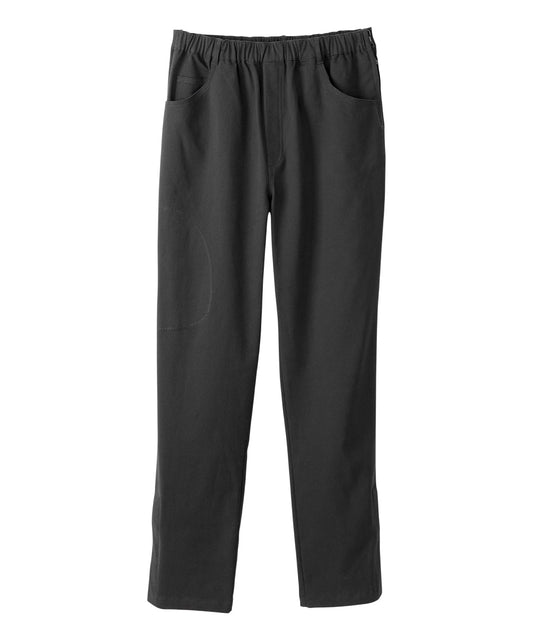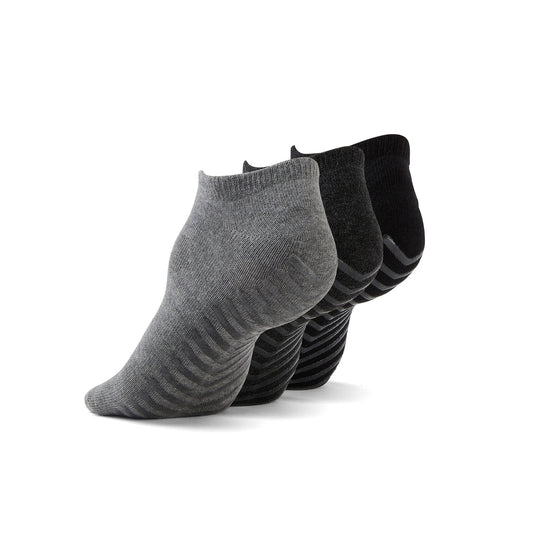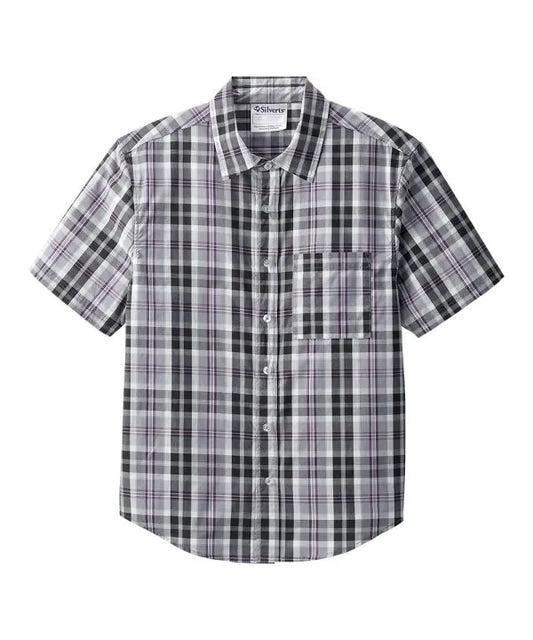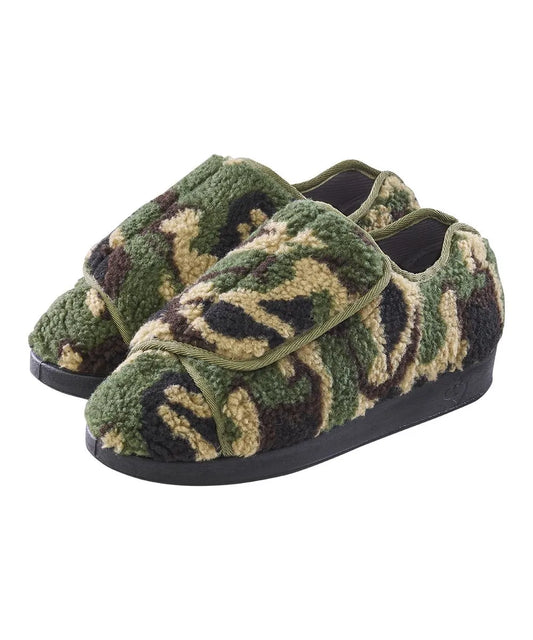Written by: Danishy Kuganesan
Introduction
As someone who has learning disabilities, I have found it difficult to tell others about my disability ot show them how it affects my daily life. Do you know someone who has disabilities, and do you want to celebrate with them? At June Adaptive, we’re all for celebrating accessibility in all forms. Whether it’s a physical disability, a mental disability, a developmental disability, and/or a sensory disability, everyone should be recognized and celebrated for who they are and do so with love and acceptance.
In this blog post, we’re going to talk about a symbol that highlights the rights to celebrate disabilities in all forms. This is through a flower that represents happiness, growth, resilience, and inner strength in people with disabilities. By providing you all with context about the sunflower, we hope that it inspires you to utilize the flower symbol in many positive ways.
The Sunflower Symbol and its Origins
The sunflower disability symbol is used to represent how invisible having a disability is to anyone except for people with disabilities. Just like sunflowers in the fields, people with hidden disabilities get missed by others and aren’t recognized as people with disabilities. In contrast, sunflowers have a vibrant colour, which is visible to many people. Even when you have a big distance between yourself and the sunflower, you can still see the shape of a sunflower in perfect colour.
The first sightings of the sunflower symbol were seen on the Hidden Disabilities website. The network explains that in 2016, London’s Gatwick Airport reached out to them and asked if there was an easy and effective way to show airport personnel that they have hidden disabilities so that people with hidden disabilities can get the help that they need. As a result, the hidden disabilities network created a lanyard with the sunflower on it to represent they are a person that is travelling. Many airports carry sunflower lanyards for passengers to take with them to use as a signal for help, and that made the sunflower symbol extremely popular.
How the Sunflower Uplifts People with Hidden Disabilities
The sunflower is a vibrant and discrete symbol that is chosen by the hidden disabilities community. Just like a sunflower, having hidden disabilities can be seen by those who have disabilities and their loved ones, but they are invisible to other people because there is no way of defining what hidden disability one has in simple language. Thus, the sunflower symbol can uplift the voices of people with both hidden and unhidden disabilities by being a discrete yet powerful way of confirming to the world that they are people in need. The CEO of the Hidden Disabilities Network says this regarding the sunflower disability symbol: “We decided on the sunflower as a symbol because, for me, it kind of suggested strength and independence and a bit of happiness.” This showcases the positivity the sunflower has shown to those with hidden disabilities.
Imperfectly Perfect - Gender Neutral Crewneck Sweatshirt
What Disabilities Does the Sunflower Represent?
While the sunflower is used to denote people with autism, the sunflower represents a plethora of other physical, mental, developmental, and sensory disabilities. Here are some of the most common hidden disabilities that the sunflower represents. All of the information can be easily located on this page of the Hidden Disabilities website. Feel free to click on each of the bullet points to read more about each one of these invisible disabilities.
-
Attention Deficit Hyperactivity Disorder (ADHD) - ADHD is a mental disability that affects a person’s ability to concentrate on a task(s) and their ability to control their behaviour and actions. There are 3 forms of ADHD which are hyperactive-impulsive, inattentive and combination
-
Aphasia - Aphasia is when a person has difficulty with their language or speech. Aphasia affects the way one understands reading or speaking. Aphasia is caused by brain damage, which can occur after a stroke, trauma to the head, or certain forms of dementia. It can present by itself or alongside other conditions, such as problems with memory or thinking skills. It can also make it difficult for one to understand a message
-
Long Covid - Long Covid is when someone experiences the effects of the coronavirus (COVID-19) for more than 4 weeks after first contracting the virus. Symptoms are wide-ranging and fluctuate in severity from day to day. They can include breathlessness, chronic fatigue, "brain fog," and anxiety.
-
Narcolepsy - Narcolepsy is a neurological disability that causes people to sleep at inappropriate times without explanation and warning. It can happen at any moment.
-
Pancreatic Cancer - The pancreas is a gland responsible for producing digestive enzymes and managing blood sugar levels. In this disability, Pancreatic Cancer is the overly increased growth of cancer cells inside the pancreas. The cancerous cells form a tumour that affects the function of the pancreas.
-
Tourette Syndrome - Tourette Syndrome (more commonly known as Tourette) is a neurological condition that causes individuals to make involuntary vocal noises and movements called tics without control over them. It usually starts in childhood and can range from mild to very severe.
The Hidden Disabilities Sunflower group has also gotten lanyards for those who wish to identify to others that they have a disability and would want some more time, help, and understanding. The groups of people who are eligible to get a sunflower lanyard are people who have physical disabilities, chronic pain and speech impediments, people who have mental disabilities, people who have sensory loss, people who have learning disabilities, and people who have mental health conditions.
Criticisms of the Sunflower Disability Symbol
The sunflower symbol and lanyard do have their set of criticisms. One criticism is the misusage of the sunflower symbol in public. That was the case in 2020. In 2020 there was the height and beginnings of COVID-19/coronavirus cases in the West. During the stay-at-home and wearing mask orders and procedures, many anti-vaxxers and anti-maskers were getting themselves a real sunflower lanyard or a counterfeit/fake sunflower lanyard to wear to excuse themselves from wearing a mask outside and in public buildings. This means that there is an appropriation of wearing the sunflower symbol in public, especially if the person wearing the symbol doesn’t have any hidden disabilities, which again is hard to check. It also impacts those who have hidden disabilities and their ability to exist.
Another criticism is that some members of the hidden disabilities community feel that by wearing the sunflower lanyard, it makes them feel like they are voicing what kind of disability they have on full display, which can make it hard for people with hidden disabilities to voice out that need for extra assistance. This is why people with disabilities feel that they are perceived as weak or judged negatively for having hidden disabilities when it isn't their fault for having hidden disabilities. They also recount feeling like the person is known only for having a hidden disability and feel like they aren’t known for being a human.
One last criticism that is expressed for the sunflower lanyard is that there are many fake sunflower lanyards online that are easily accessible to the public. These fake lanyards often look like real sunflower lanyards and are sold at inexpensive prices. These fake sunflower lanyards can cause the validity of the sunflower lanyards and the sunflower disability symbol overall to be less credible.
Women's Dress with Back Overlap
Hidden Disabilities Sunflower Day
The Hidden Disabilities Sunflower Foundation has also created a day that’s dedicated to celebrating people who have hidden disabilities and to empowering people with hidden disabilities as well as for them to meet others who share those experiences and hardships. The goal of Hidden Disabilities Sunflower Day is to highlight the importance of creating a future where they experience equal opportunity to live their lives and for others who are able to assist them in hardships.
In the USA and Canada, Hidden Disabilities Day is held every June 28th. This day is when members of the hidden disabilities community and allies who want to share their support for people with hidden disabilities come together to celebrate the achievements and the hardships that people with hidden disabilities face and to promote awareness of hidden disabilities to the public. On social media, people can partake in Hidden Disabilities Day by customizing their profile picture with a Hidden Disabilities Sunflower frame made by the Hidden Disabilities Sunflower Foundation. People with disabilities can also provide links to resources that highlight information on what hidden disabilities are, donation links, and news articles that discuss the challenges that those with hidden disabilities have.
Take Away
In this article, we took a closer look at how the sunflower is used as a symbol that empowers people with hidden disabilities. We dived deeper into the origins and importance of the sunflower symbol as a vehicle for further awareness and support of the hardships that people with hidden disabilities go through. Next, we looked at some examples of common hidden disabilities and who has access to a Hidden Disability Sunflower lanyard. Later on, we looked at some criticisms about the Sunflower as a symbol for people who have hidden disabilities as well as concerns people have about the Hidden Disabilities Sunflower lanyards. Lastly, we discovered what Hidden Disabilities Day is and how that day helps bring awareness of hidden disabilities to the public.
To read more articles like this about how adaptable fashion is making waves in the fashion market as well as updates on where to find funding, benefits, and grants for yourself and other people with disabilities, please sign up for the June Adaptive Newsletter link at the bottom of this blog post.
You can also click on the “Our Community Blog” tab to read similar articles about how JuneAdaptive and adaptive fashion is making waves in the fashion world to be inclusive of people with disabilities.


















